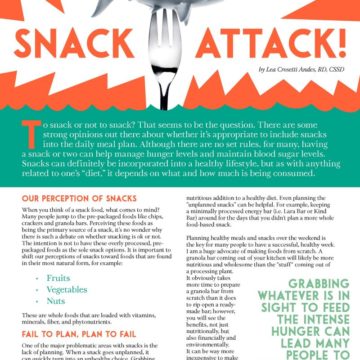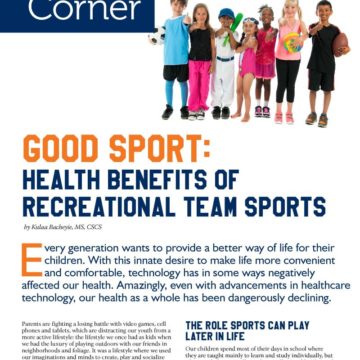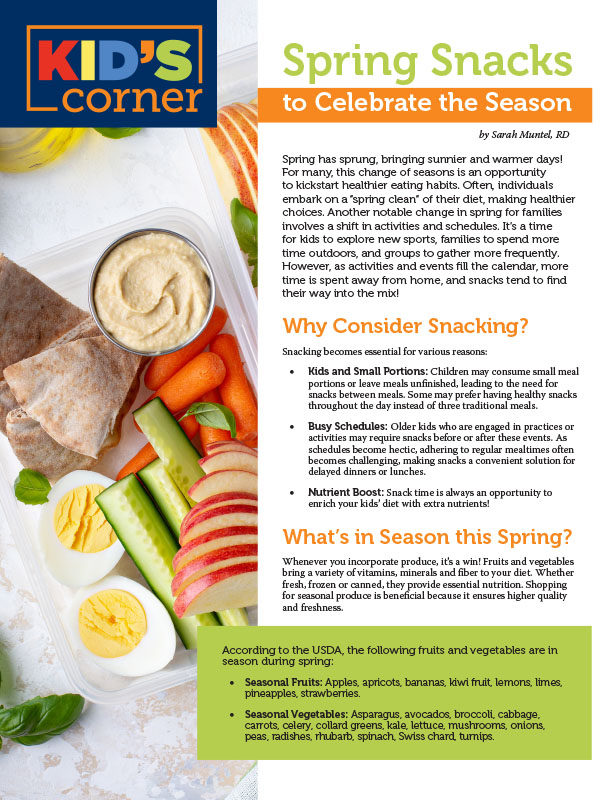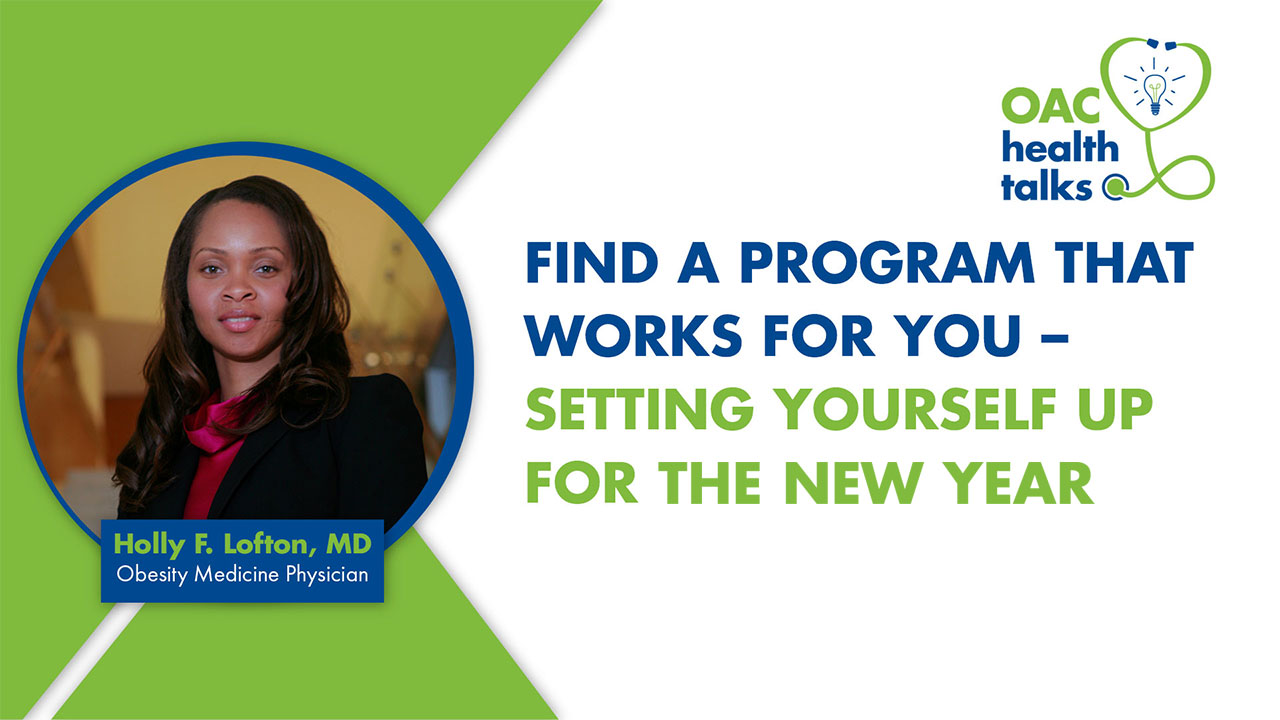All Taste Buds Are Created Equal, RIGHT?

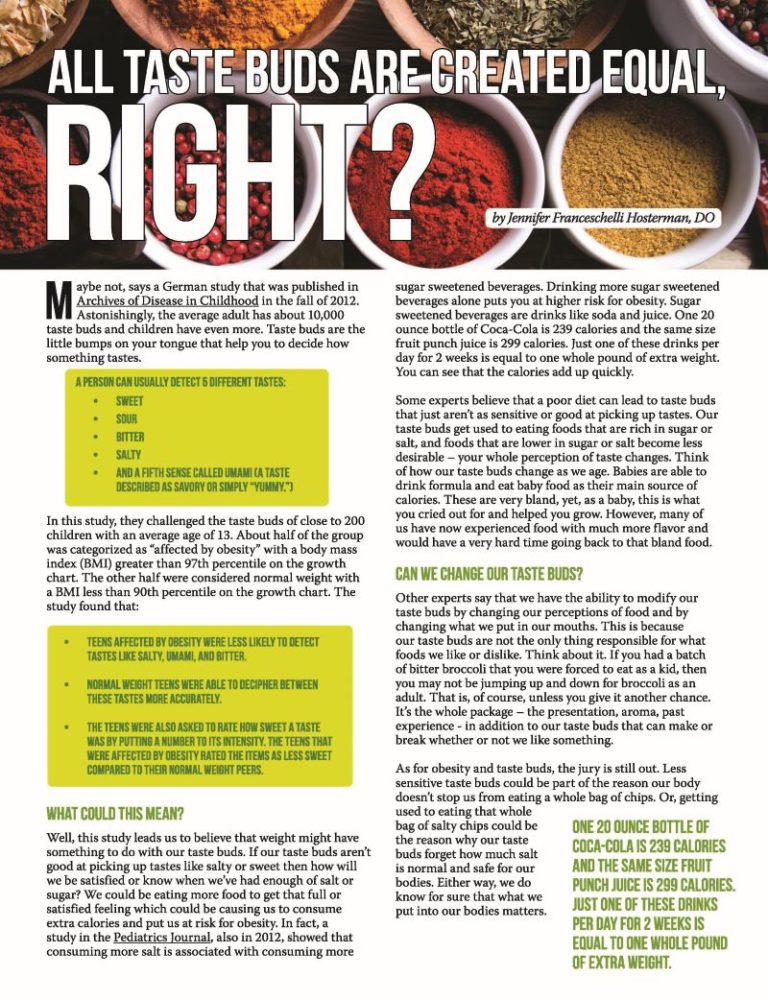
by Jennifer Franceschelli Hosterman, DO
Spring 2015
Maybe not, says a German study that was published in Archives of Disease in Childhood in the fall of 2012. Astonishingly, the average adult has about 10,000 taste buds and children have even more. Taste buds are the little bumps on your tongue that help you to decide how something tastes.
A person can usually detect 5 different tastes:
- Sweet
- Sour
- Bitter
- Salty
- and a fifth sense called Umami (A taste described as savory or simply “yummy.”)
In this study, they challenged the taste buds of close to 200 children with an average age of 13. About half of the group was categorized as “affected by obesity” with a body mass index (BMI) greater than 97th percentile on the growth chart. The other half were considered normal weight with a BMI less than 90th percentile on the growth chart. The study found that:
- Teens affected by obesity were less likely to detect tastes like salty, umami, and bitter.
- Normal weight teens were able to decipher between these tastes more accurately.
- The teens were also asked to rate how sweet a taste was by putting a number to its intensity. The teens that were affected by obesity rated the items as less sweet compared to their normal weight peers.
What could this mean?
Well, this study leads us to believe that weight might have something to do with our taste buds. If our taste buds aren’t good at picking up tastes like salty or sweet then how will we be satisfied or know when we’ve had enough of salt or sugar? We could be eating more food to get that full or satisfied feeling which could be causing us to consume extra calories and put us at risk for obesity. In fact, a study in the Pediatrics Journal, also in 2012, showed that consuming more salt is associated with consuming more sugar sweetened beverages. Drinking more sugar sweetened beverages alone puts you at higher risk for obesity. Sugar sweetened beverages are drinks like soda and juice. One 20 ounce bottle of Coca-Cola is 239 calories and the same size fruit punch juice is 299 calories. Just one of these drinks per day for 2 weeks is equal to one whole pound of extra weight. You can see that the calories add up quickly.
Some experts believe that a poor diet can lead to taste buds that just aren’t as sensitive or good at picking up tastes. Our taste buds get used to eating foods that are rich in sugar or salt, and foods that are lower in sugar or salt become less desirable – your whole perception of taste changes. Think of how our taste buds change as we age. Babies are able to drink formula and eat baby food as their main source of calories. These are very bland, yet, as a baby, this is what you cried out for and helped you grow. However, many of us have now experienced food with much more flavor and would have a very hard time going back to that bland food.
Can we change our taste buds?
Other experts say that we have the ability to modify our taste buds by changing our perceptions of food and by changing what we put in our mouths. This is because our taste buds are not the only thing responsible for what foods we like or dislike. Think about it. If you had a batch of bitter broccoli that you were forced to eat as a kid, then you may not be jumping up and down for broccoli as an adult. That is, of course, unless you give it another chance. It’s the whole package – the presentation, aroma, past experience – in addition to our taste buds that can make or break whether or not we like something.
As for obesity and taste buds, the jury is still out. Less sensitive taste buds could be part of the reason our body doesn’t stop us from eating a whole bag of chips. Or, getting used to eating that whole bag of salty chips could be the reason why our taste buds forget how much salt is normal and safe for our bodies. Either way, we do know for sure that what we put into our bodies matters.
Have a picky eater at home?
Here is some advice about how to diversify and retrain your child’s taste buds:
Dress up those boring vegetables. Don’t judge a book by its cover… That’s what we teach our children, but it’s not always the easiest way to get them to try something new. Instead, make vegetables more fun. Add a little bit of ranch dressing, butter, or cheese sauce to make them more appealing to your kids. Or, hide it in one of their favorite meals.
Offer new foods at the beginning of the meal. This is when your child is the hungriest. If your child is hungry then he or she may be more likely to try a new food.
Get your children involved in their meals. Bring your kids to the grocery store to pick out what they’d like to try. Then, bring them into the kitchen to help with the preparation. Children who help to prepare their food are more likely to sample that same food. You can even promote vegetables or herbs by planting a garden and caring for it together.
Make food fun. Use cookie cutters to make fun shapes out of their food. Play a game to see which family member can try the most new foods in one week. You can even have your child pick a color for the week. For instance, if his or her favorite color is red then you can pick foods like strawberries, watermelon, red peppers, tomatoes, cranberries, or apples to try that week. Be creative.
If at first you don’t succeed, try, try, and try again. Even the attempt at something new is valuable. It’s okay if they don’t like the new food. It can take up to 15 times for children to decide if they like something. That can seem like a long time, so be patient with your child and praise the attempts.
Be a good role model by eating healthy yourself. After all, our kids learn how to talk by mimicking the way we talk. They learn how to eat and what to eat in the same way. Eat a variety of healthy foods on a regular basis. Even announce when you are trying something new at mealtime. Get the whole family enthusiastic by it. After all, enthusiasm is contagious!
About the Author:
Jennifer Franceschelli Hosterman, DO, is a board certified internal medicine and pediatric physician who specializes in nutrition and obesity medicine at Geisinger Medical Center. She is also the Medical Director of Camp ENERGY, which is a healthy lifestyle camp for adolescents. She earned her bachelor’s degree in cellular and molecular biology at West Chester University and completed medical school at Philadelphia College of Osteopathic Medicine. She is a strong proponent of the multi-disciplinary and family approach in the prevention and treatment of obesity.
by Sarah Muntel, RD Spring 2024 Spring has sprung, bringing sunnier and warmer days! For many, this…
Read Articleby Nina Crowley, PhD, RD (with Inspiration from Shawn Cochran) Winter 2024 Dating, no matter your age,…
Read ArticleWith the holidays behind us and 2022 now here, many of us are ready to tackle our…
View Video




